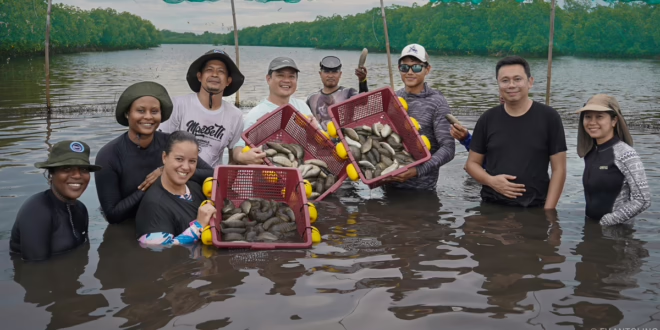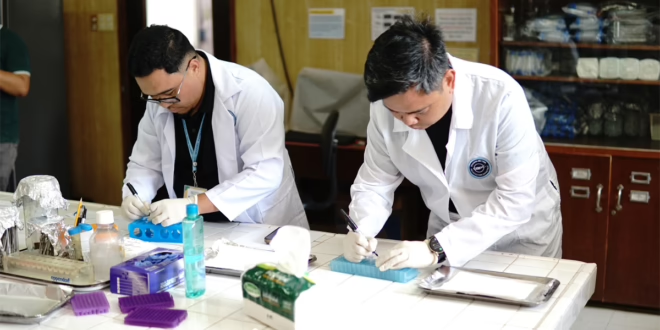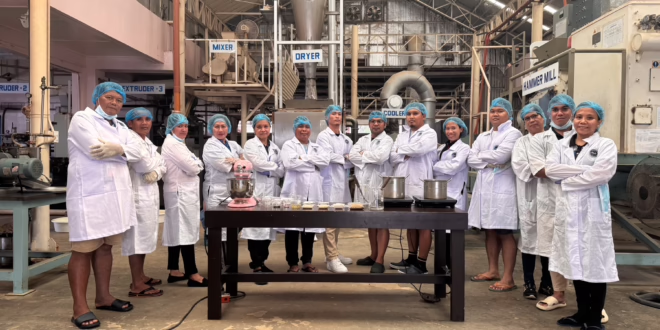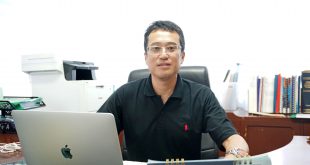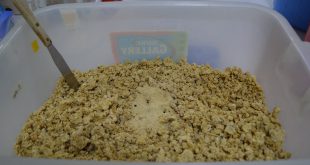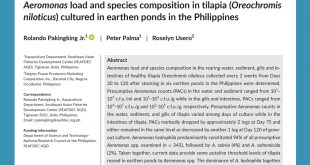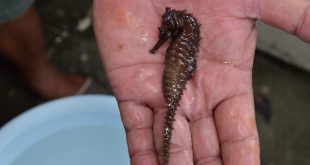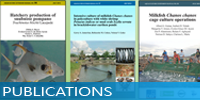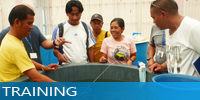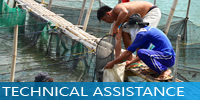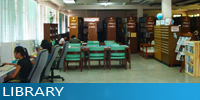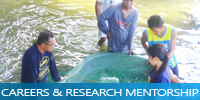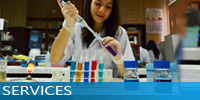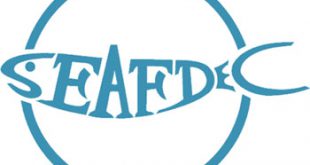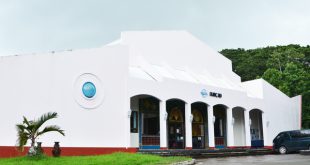The Southeast Asian Fisheries Development Center (SEAFDEC), a regional treaty organization that promotes sustainable fisheries among its 11 member countries, welcomed the new deputy chief of its Aquaculture Department (AQD) based in Iloilo last Oct. 20, 2020. Dr. Sayaka Ito, a Japanese scientist with expertise in aquatic conservation biology, replaced fellow Japanese Dr. Koh-ichiro Mori who served as the Deputy Chief from April 2018 to June 2020 in this organization that is mandated to conduct scientific research to generate aquaculture technologies, develop skilled manpower for the aquaculture sector, and disseminate aquaculture information. Upon endorsement by the Government of Japan, SEAFDEC Secretary-General Malinee Smithrithee appointed Dr. Ito to a 2-year term from Oct. 1, 2020 to Sept. 30, 2022 wherein …
Read More »More News
It’s online learning for PH aquaculture extension workers
Learning online isn’t just for students, it is also for the Philippines’ aquaculture extension workers who listened to lectures and practical sessions on milkfish and mangrove crab culture via an online platform. Forty-eight participants, mostly staff of the Bureau of Fisheries and Aquatic Resources (BFAR) from the different administrative regions, recently completed the FishKwela Training Course to enhance their skills on the hatchery production of milkfish and mangrove crab. The training course was the first technology and commodity-based online training course prepared by the Southeast Asian Fisheries Development Center Aquaculture Department (SEAFDEC/AQD) in collaboration with the National Fisheries Research and Development Institute (NFRDI). Although SEAFDEC/AQD has been conducting online courses on fish health management and aquaculture nutrition since 2002, Caryl …
Read More »Agri-wastes eyed as cheap, eco-friendly source of fish feed
AFFORDABLE and sustainable feed ingredients for fish farmers are in the works as researchers continue to develop fish diet formulations using discarded agricultural wastes and byproducts. Dr. Frolan Aya, a scientist at the Southeast Asian Fisheries Development Center Aquaculture Department (SEAFDEC/AQD), and his colleagues examined agricultural wastes and byproducts for potential inclusion in diets formulated for omnivorous fish such as Nile tilapia (Oreochromis niloticus) in their study, “Potential use of agricultural wastes in aquafeed production.” Fruit peels, pulps or brans, seeds, bagasse (sugarcane residue), molasses, and okara (soybean curd residue) comprise 40 to 60 percent of wastes generated from major crop industries such as coconut, banana, pineapple, mango, citrus, and sugarcane. While these agri-wastes have found some use as organic …
Read More »Hardy tilapia live peacefully with Aeromonas bacteria
How much disease-causing bacteria can tilapia tolerate? A recently published study provides a glimpse, at least for Aeromonas, a type of waterborne bacteria.
Read More »Seahorses get second life with SEAFDEC and NegOc islanders’ help
The coral reefs north of Negros Island are once more teeming with seahorses after a seven-year partnership between researchers and the local island community successfully protected and replenished their wild population. At Molocaboc Island in Sagay City, Negros Occidental, divers assisted in scientific surveys of seahorse populations, technicians maintained seahorse breeding facilities, the local government’s Bantay Dagat (sea patrol) enforced protection, and schools gladly embraced information and educations campaigns. The island is within the Sagay Marine Reserve, a marine protected area chosen as the project site of the Southeast Asian Fisheries Development Center Aquaculture Department (SEAFDEC/AQD) to protect and revive the dwindling population of the tiger tail seahorse (Hippocampus comes). During assessments done from 2012 to 2013, local divers …
Read More »-
Vacancy: Sr. Clerk
Vacancy: SR. CLERK Assignment: Organizational Development, Recruitment, Training, and Employee Relations Unit (ODRTERU), Human Resource …
Read More »
 SEAFDEC/AQD Southeast Asian Fisheries Development Center | Aquaculture Department
SEAFDEC/AQD Southeast Asian Fisheries Development Center | Aquaculture Department
